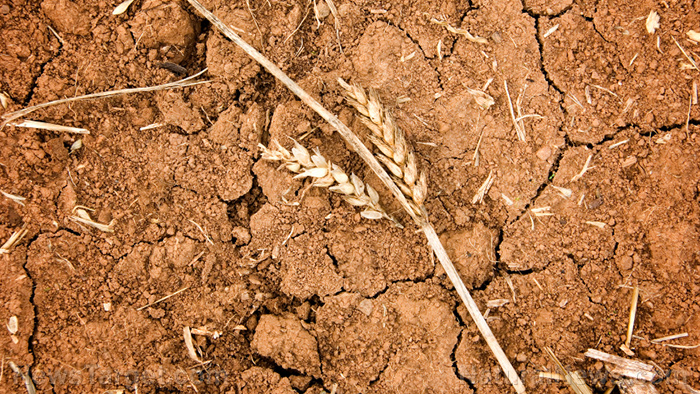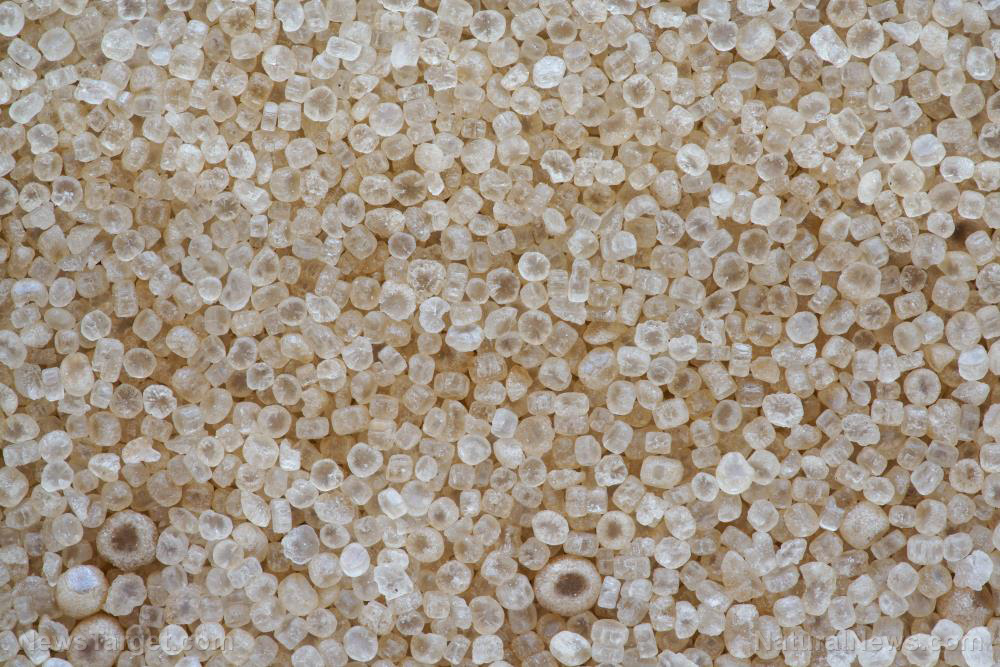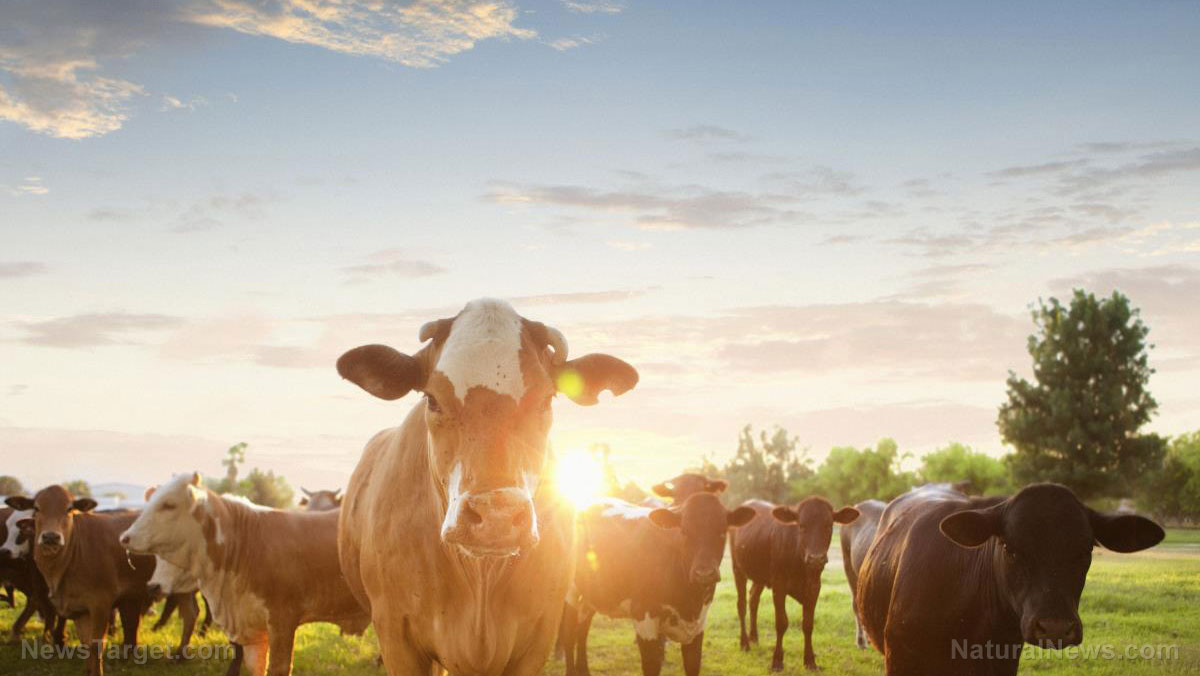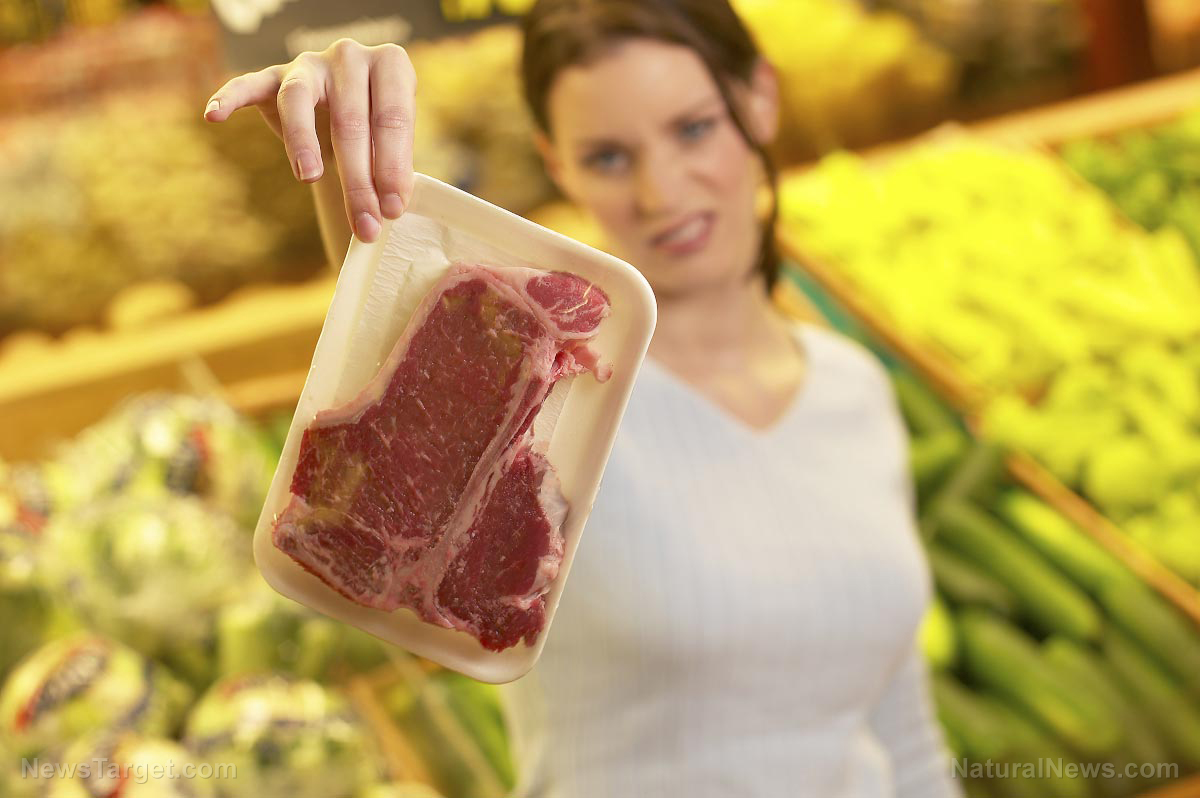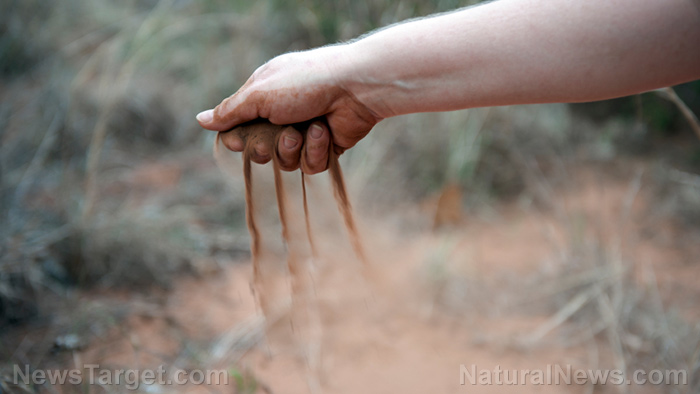
Much of Western North America is experiencing one of the most catastrophic droughts in history that could lead to massive crop failures in the very near future.
As of July 20, every single state west of the Rocky Mountains and most of the states in the Upper Midwest are experiencing some level of drought.
Nearly 100 percent of the states of Utah, Oregon, North Dakota, Idaho, California and Arizona are experiencing severe or extreme levels of drought. Washington, South Dakota, New Mexico, Montana, Minnesota, most of Wyoming and much of western Colorado are experiencing moderate or severe levels of drought.
The drought threatens America's food systems. The Western states and the Dakotas are extremely vital to American agriculture. These states support one-third, or $112 billion, of the country's total agricultural production by value. This includes a majority of the wheat, hay, vegetable, fruit and tree nut production in the country, 40 percent of all dairy products and specialty crops produced and 28 percent of all cattle and cows in the United States.
Listen to this Situation Update episode of the Health Ranger Report, a podcast by Mike Adams, the Health Ranger, as he explains how the drought is collapsing American food supplies and how this is leading to extreme lawlessness in Democrat-controlled cities.
Farmers in the U.S. and Canada turning food crops into hay
The drought is already affecting how farmers handle their crops and livestock. Farmers on both sides of the U.S.-Canada border have already taken to the rare measure of baling up their wheat, barley and other food crops to sell as hay.
The emergency bales of hay are providing much-needed forage for livestock operators who are struggling to keep their herds and flocks fed despite the lack of available pasture and the soaring costs of feed.
In North Dakota, hay crops have shrunk dramatically to 10 to 25 percent of normal levels. This has already forced cattle ranchers to significantly reduce their herds by boosting animal sales at auctions.
"Producers have chosen to cut small grain fields for hay versus harvesting them for grain as there just isn't enough forage to bale," said Jeff Schafer, president of the North Dakota Stockmen's Association.
Grains that should be growing up to a person's armpits, according to Schafer, are just growing up to "boot high at best and typically you can see a gopher run in front of your cutter bar."
In June, the drought prevented many crop fields from turning green, forcing livestock to live off brown grass.
Arlan Suderman, chief commodities economist at financial services corporation StoneX, believes as much as 15 percent of the spring wheat crop may not make it to harvest. This is the highest abandonment rate the country would experience in nearly 20 years. The normal abandonment rate is about four percent.
"There comes a point where harvesting costs more than the value," wrote Suderman in an email to Bloomberg. "The highest and greatest need in a drought is feed for livestock, so farmers will try to salvage hay value from crops if possible, even at a financial loss, just to keep livestock alive."
If future food crop harvests become significantly smaller, then this could keep crop prices high for the coming months. This affects the price of most food products sold in groceries and supermarkets. (Related: Supermarkets stocking up on food in anticipation of supply chain disruptions, price inflation.)
A similar situation can be seen in the Canadian Prairies, which are known for their large grain harvests. The extreme conditions have significantly reduced pasture and hay growth. Drought-damaged cereal crops are being harvested early to feed livestock even though they were supposed to be for human consumption.
The situation in the western regions of North America is expected to get worse in the coming weeks. Temperatures are expected to increase in the coming weeks, further threatening already-parched farm fields and exacerbating already extreme conditions.
Learn more about how the drought in Western North America is going to severely affect the country's food supply by reading the latest articles at Harvest.news.
Sources include:
Please contact us for more information.















